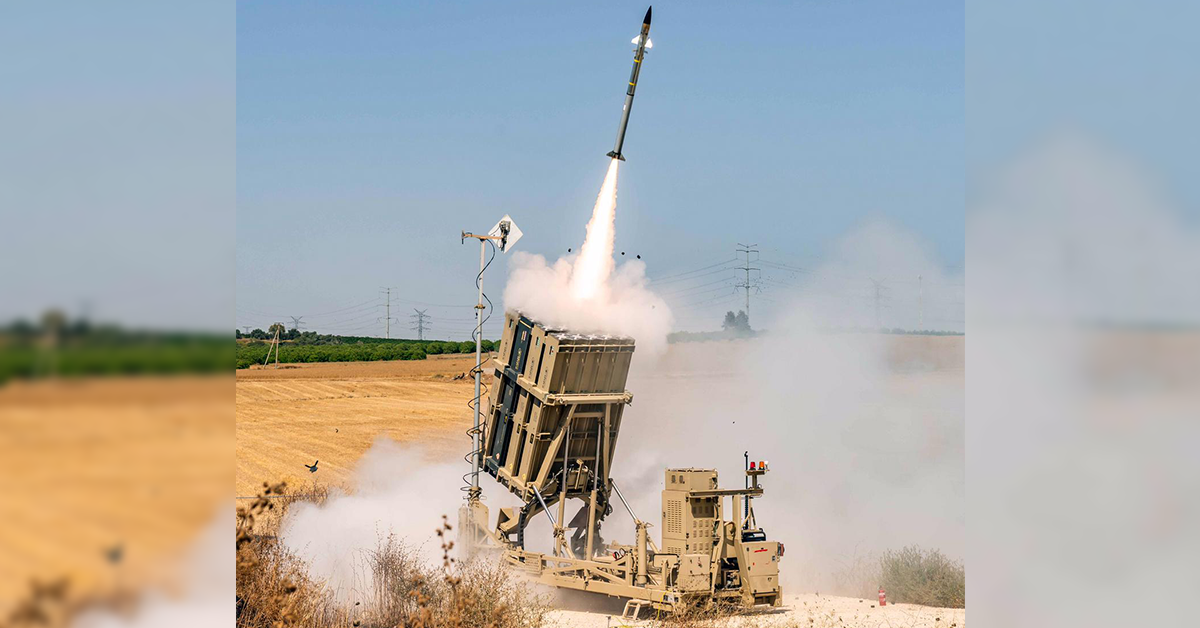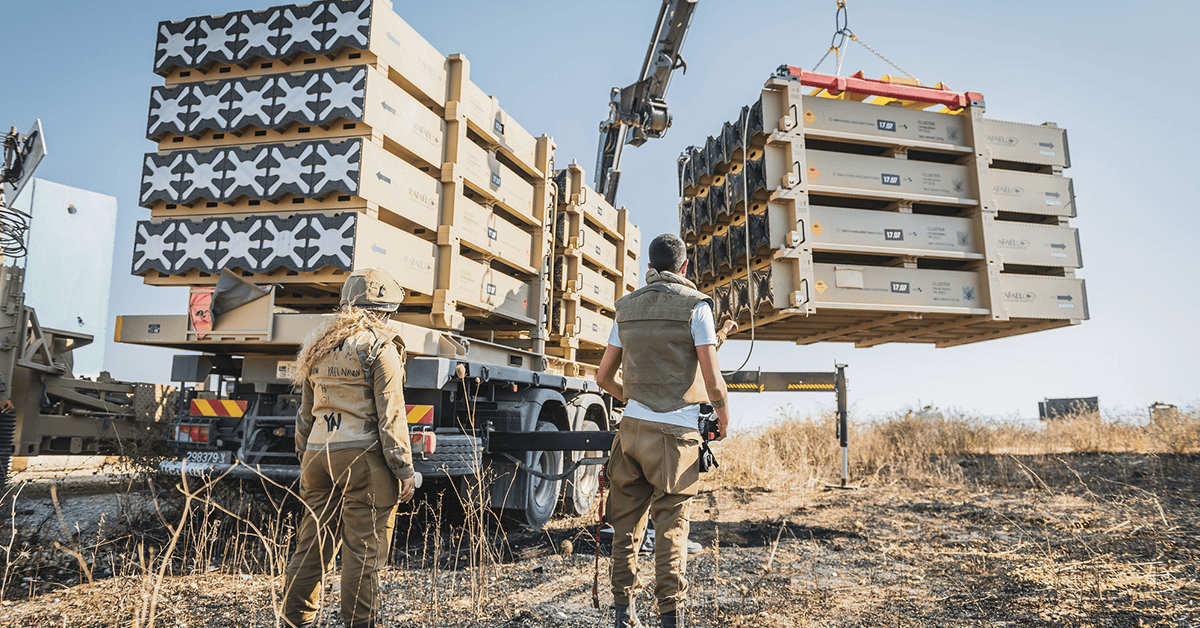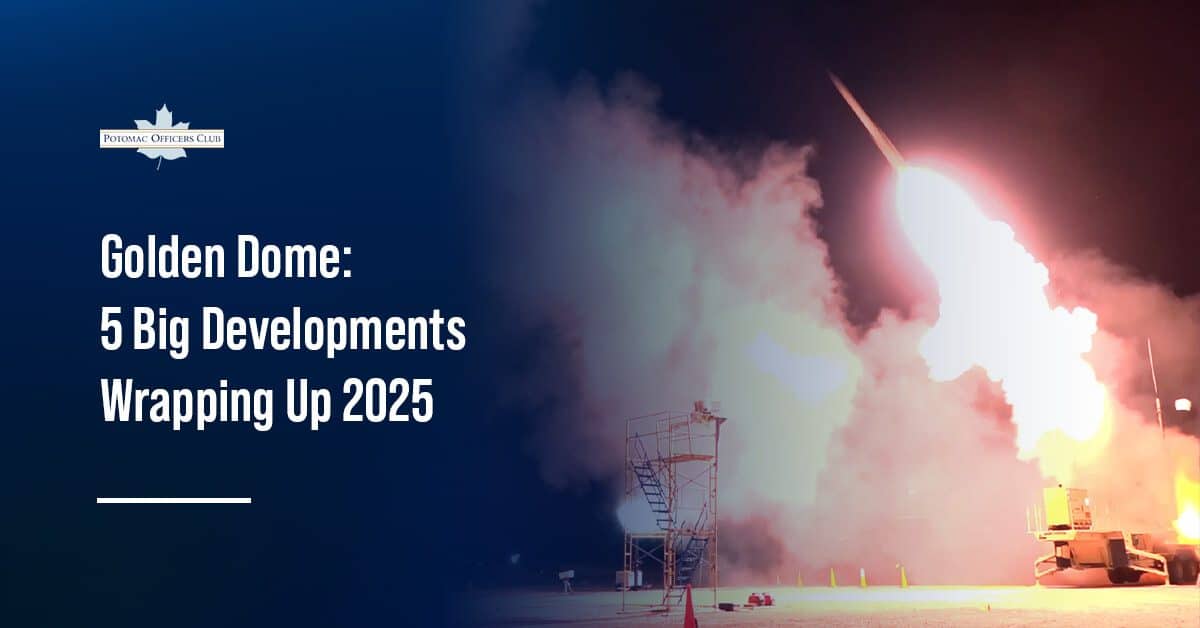
Iron Dome: The Importance and Relevance of Israel’s Airspace Defender
Amid the volatile Middle East, one system has become the cornerstone of Israel’s defense: the Iron Dome.
Since it became operational in 2011, the Iron Dome has protected Israel from incoming threats. Rafael Advanced Defense Systems, in collaboration with the United States, developed it in 2006 during the escalating conflict between Israel and Hezbollah in southern Lebanon.
Over the years, the Iron Dome has improved and adapted, pushing the limits of what it can do. In 2023, we find ourselves at a crucial point in its development. The Iron Dome has undergone upgrades and enhancements for Israel’s defense.
Thanks to the $2.9 billion funding for the Iron Dome from the U.S. government, its ability to detect and intercept threats has significantly improved, giving Israelis a greater sense of security.
The Importance of Iron Dome

As a highly effective defense system
The Iron Dome acts like a shield protecting Israeli civilians from Hamas’ rockets. It’s significantly important for Israel, and experts say it has saved many lives in the past decade. In May, when Islamic Jihad fired a rocket salvo, the Iron Dome had a success rate of 95.6%.
The Iron Dome has three main parts: a radar, a command-and-control system, and launchers for the interceptors. Each of these is useful for Israel. Having more radars helps them detect threats better, and more launchers and command-and-control technology means they can defend more areas from rocket attacks.
In May 2021, when Hamas and Islamic Jihad launched over 4,300 rockets in Israel, more than 1,500 were aimed at heavily populated areas, including Tel Aviv, the biggest city in Israel. However, the Iron Dome was able to shoot down over 90% of those rockets, which saved a lot of lives. Even though some Israelis tragically lost their lives, the number would have been much higher without the Iron Dome.
As a source of psychological safeguard and comfort
Believing in the effectiveness of the Iron Dome can help reduce symptoms of post-traumatic stress disorder (PTSD). A 2016 study looked at Israeli civilians who experienced the Israel-Gaza conflict in 2014, and they found that those who had faith in the Iron Dome and had a strong sense of resilience were less likely to have PTSD symptoms.
Another benefit of the Iron Dome is that it gives the Israeli government some breathing room to make decisions. When rocket attacks happen, they need time to figure out the best way to respond. The Iron Dome buys them that time and creates some political space. It’s like a safety net that allows them to consider their options and make informed choices.
Development and Upgrades of Iron Dome

Even though the iron dome is highly effective, militants will be able to find ways to overcome its defenses. In fact, Hamas militants recently oversaturated the iron dome system with its surprise attack and the high number of rocket barrages toward southern and central Israel. So, it’s important to stay updated on the latest developments and upgrades of the Iron Dome to ensure effectiveness.
The Iron Dome, an all-weather defense system, has been fully operational since March 2011 and has undergone multiple upgrades. It intercepts rockets and short-range threats by launching guided missiles.
Israel’s Defense Ministry states that the system has been consistently tested since April 2011, successfully preventing numerous rockets from hitting Israeli communities.
In August 2020, Rafael and Raytheon Technologies formed a joint venture to build Iron Dome in the United States. The system can intercept various threats like cruise missiles, unmanned aircraft, rockets, artillery, and mortars.
In mid-December, Israel conducted an integration test of its air defense systems, including the Iron Dome, David’s Sling, and Arrow. During the test, Iron Dome showcased its new capability of intercepting cruise missiles, addressing concerns about drone swarm attacks and maneuverable missiles.
Israel delivered its second battery to the U.S. on January 3, 2021. Israeli Defense Minister Benny Gantz expressed confidence that the system would protect American troops from ballistic and airborne threats. However, the delivered version of Iron Dome was not yet compatible with the IBCS (Integrated Battle Command System).
Most recent upgrades
In March 2021, the Israeli Iron Dome tested its latest upgrades by effectively neutralizing a mixed swarm of drones and rockets. These upgrades will also be installed on existing Israeli units at the border and two Iron Dome batteries sold to the U.S. Army. The tests were based on the latest Israeli military intelligence regarding threat scenarios with multiple simultaneous targets.
In 2023, Israel planned to increase the number of Iron Dome batteries deployed, implement technical updates to enhance rocket tracking and increase ammunition stockpiles to better respond to threats.
FAQs
How many iron domes does Israel have?
According to Raytheon and the Center for Strategic and International Studies, Israel has 10 Iron Dome batteries distributed nationwide. Each battery consists of three to four launchers and is designed to be easily transportable and quick to set up, requiring just a few hours.
The missile interceptors used in the system are highly maneuverable. Additionally, each battery includes 20 Tamir missiles and a battlefield radar. These strategically positioned batteries effectively protect nearly 60 square miles by intercepting threats aimed at populated areas around cities.
Does the U.S. have an Iron Dome?
A few years ago, the U.S. Army set up two Iron Dome defense systems at Joint Base Lewis-McChord in Washington state. They have received around 312 interceptor missiles so far. Now, the United States Marine Corps intends to buy three more Iron Dome defense systems from Israel.
This deal, likely costing hundreds of millions of dollars, would include nearly 2,000 interceptor missiles. The purchase would be made through Raytheon, a US company that partners with Rafael, the manufacturer of Iron Dome.

Category: Articles




